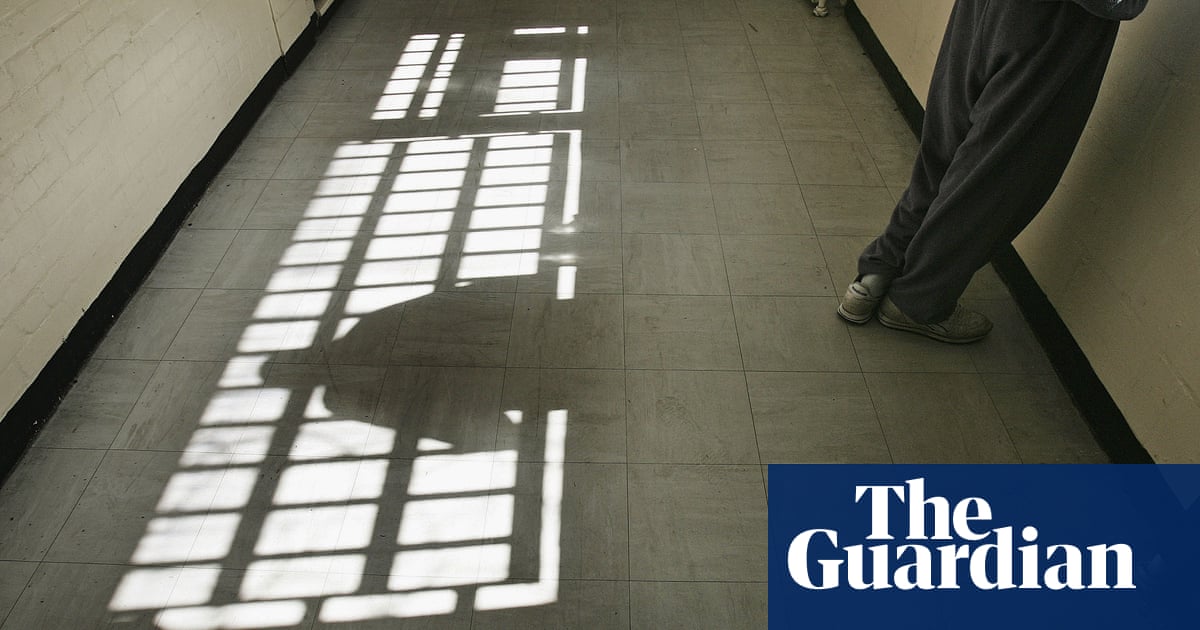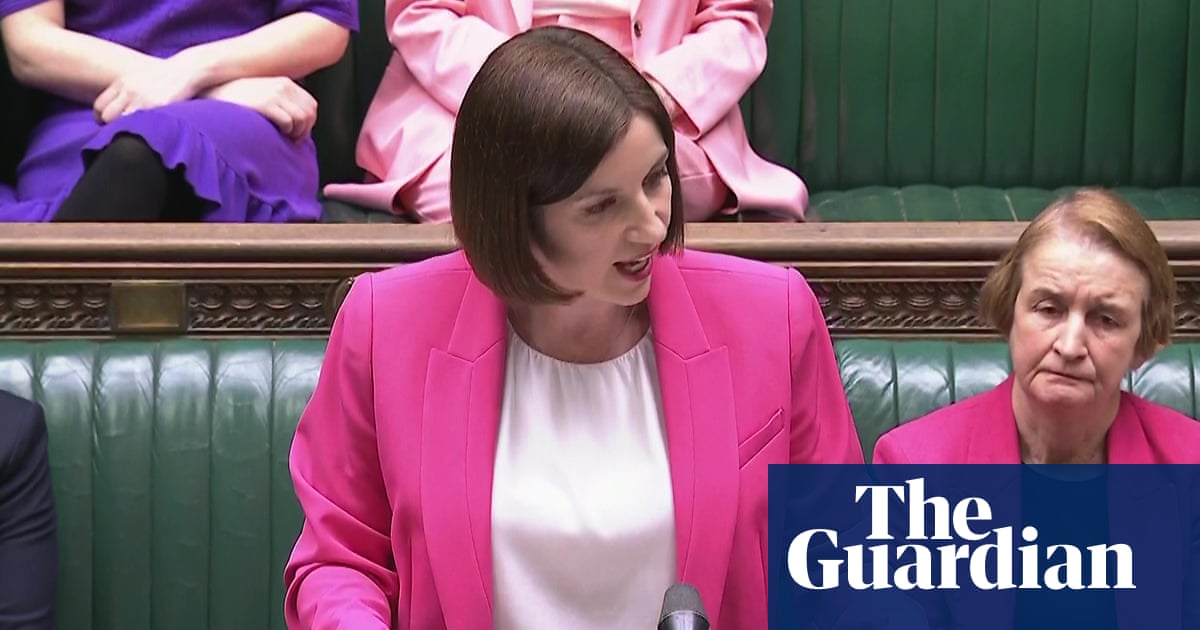Staff at English Heritage have been shocked to discover that the cash-strapped organisation is planning up to 200 redundancies and the winter closure of various castles, abbeys and other historic sites in its care.
At least 7% of the workforce could be affected, with curators being particularly targeted, it is believed.
Under the cuts, 22 sites will become “hidden gems”, opening only on specific and limited days. They include properties as significant as Ranger’s House in Greenwich, London, a Georgian villa with an important art collection, where part of Netflix’s popular television series Bridgerton was filmed.
A further 21 sites will be closed for winter. They include Lullingstone Roman Villa in Kent, begun in about AD100 and among the most outstanding examples in Britain; Totnes Castle in Devon, built 900 years ago during the Norman conquest, almost certainly by one of William the Conqueror’s commanders; and Furness Abbey in Cumbria, once the largest monastery in north-west England, founded in the 12th century.
“This is seriously worrying,” one insider said.
There are also fears for the demise of irreplaceable experience as experts could be made redundant or have some of their responsibilities handed over to a new layer of managers.
One insider said staff were dismayed and that a colleague was in tears after last week’s meeting about the organisation’s “reshaping”. “All of our jobs are basically at risk. They won’t tell us an exact number, but it’s affecting virtually every department. Sacking so many people is unbelievable.”
Another source said: “We think we are talking 150 full-time equivalent redundancies – potentially up to 200 actual people.”
English Heritage cares for more than 400 historic monuments, buildings and places. Since it is a charity, it does not receive a government grant, relying instead on membership, tickets and sales in its shops and cafes. It has 2,535 employees and more than 5,000 volunteers.
Staff understand that the new structure will be in place in April.
A source said among those invited to the meeting were three London curators who are on maternity leave: “ Basically, the whole thing has just been handled so badly.”
Curators fear that responsibilities for “collection management” and “interpretation” – will be transferred to younger – and cheaper – “collection managers” brought in to oversee them.
A source said: “That means getting rid of people who are extremely skilled, but who would require more money. Adding a new team of managers is going to add to the bureaucracy, layers of managers who are not necessarily art experts. I believe in giving young people opportunities, but they’ll basically just employ people with absolutely no skills to fill these gaps and pay them probably peanuts. It’s not right.”
Prospect and the PCS, the unions that represent the heritage sector, are concerned.
Steve Thomas, Prospect’s deputy general secretary, said: “Staff at English Heritage will be understandably worried about their future after hearing this news and worried about the future of the historic sites they work so hard to keep open to the public.
“We have been working with the employer to minimise redundancies … We recognise that the financial situation is difficult. But it is also true that the skilled and dedicated staff who keep our history alive are the very heart of this organisation. Losing these skills and this experience would damage our heritage as much as losing the sites themselves.”
Fran Heathcote, the PCS’s general secretary, said: “We stand committed to protecting the jobs and livelihoods of our members … [who play] a key role in the vital task of preserving English history.”
An English Heritage spokesperson said: “All organisations need to review their structure from time to time and English Heritage has not done so for several years. In that time, our world has changed dramatically. The pandemic and its aftermath led to lasting changes in visitor expectations and behaviour, both domestically and internationally, while many of our visitors and members are facing challenges with the cost of living.
“High inflation has increased the cost of conservation work at our sites, but significant and ongoing expenditure is still required if the condition of the sites in our care is not to deteriorate.
“The aim of these proposals is to ensure that English Heritage is financially resilient and can fulfil our charitable purposes . We’re committed to working with our employees and our trade unions to find ways to avoid and reduce redundancies where we can … Under these proposals, we will continue to have a team of more than 75 expert curators, historians and conservators.”
He added that to exclude those on maternity leave from consultation would be unlawful.
He argued that a reduction in opening hours would affect “a relatively small number” of sites, some of which attract few visitors during the winter months: “For instance over one weekend in November, a number of these sites only welcomed 11 visitors.”
He added that 22 of the other smaller sites would have special guided tours and temporary exhibitions to “provide a richer experience than what we currently offer”.
Nothing will be confirmed until after a formal consultation period.

.png) 2 months ago
23
2 months ago
23













































